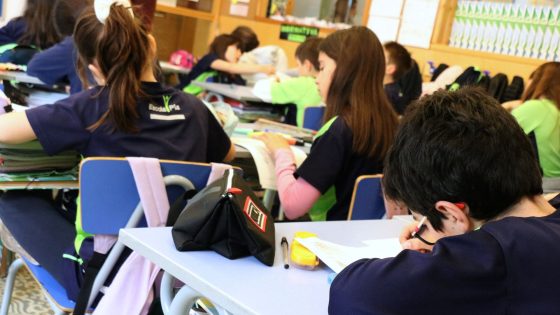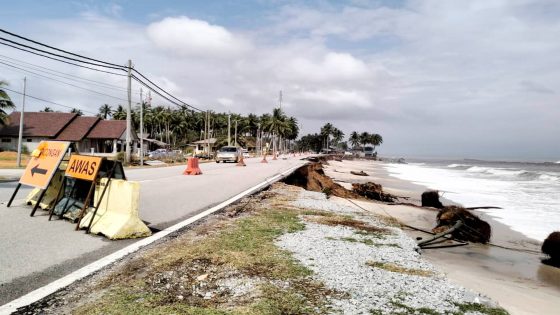A recent report from the Fundació Bofill reveals that 116 schools in Catalonia are at risk of closing due to declining student enrollment. This alarming situation, highlighted on February 12, 2025, indicates that 63 of these schools are private while 57 are public, primarily affecting areas with a significant number of vacant spots in early education and secondary levels. What does this mean for the future of education in Catalonia?
- 116 schools in Catalonia at risk of closure
- Impact of declining birth rates on education
- Urgent need for long-term educational planning
- Proposal for merging or transforming schools
- Concerns about school segregation and competition
- Significant student loss projected by 2030
Declining Enrollment in Catalonia: A Growing Concern for Schools
How will the decline in student numbers impact educational quality in Catalonia? The Fundació Bofill’s findings suggest that the lack of proper planning from the Department of Education could lead to significant changes in the school landscape. With a projected loss of 87,000 students by 2030, schools may struggle to maintain their programs and services.
Impact of School Closures on Local Communities and Education
The potential closure of these schools raises questions about educational access and community stability. As schools close, families may face longer commutes to find alternative educational options, which can strain local resources and disrupt community ties. The Fundació Bofill suggests several strategies to mitigate this crisis:
- Merge or transform underutilized schools to optimize resources.
- Implement a new decree for school funding to support struggling institutions.
- Reduce class sizes in secondary education to enhance learning experiences.
- Address issues of school segregation and competition among institutions.
Understanding the Causes of Declining Enrollment in Catalonia
The decline in student enrollment is largely attributed to a consistent drop in birth rates since 2008. This demographic shift has led to an oversupply of educational facilities in some areas, resulting in many schools operating below capacity. The challenge lies in adapting to these changes while ensuring that all students receive a quality education.
Strategies for Addressing Educational Challenges in Catalonia
To combat the effects of declining enrollment, stakeholders must consider innovative approaches. This includes fostering partnerships between schools and local governments, enhancing community engagement, and investing in educational resources. By prioritizing strategic planning, Catalonia can work towards a more sustainable educational future.
In conclusion, the situation in Catalonia serves as a wake-up call for educational authorities. Proactive measures and community collaboration are essential to navigate these demographic challenges and ensure that every child has access to quality education.

































